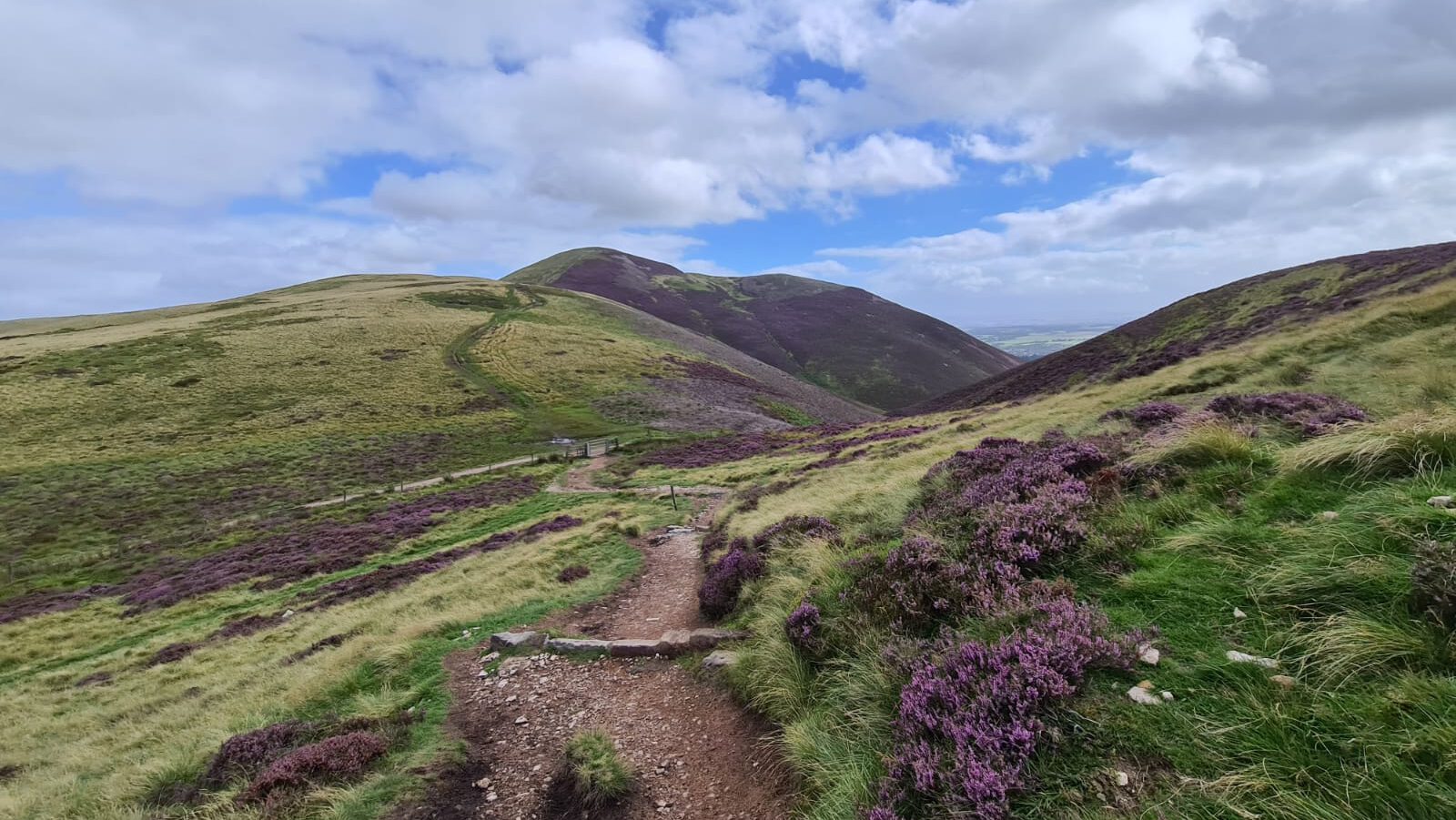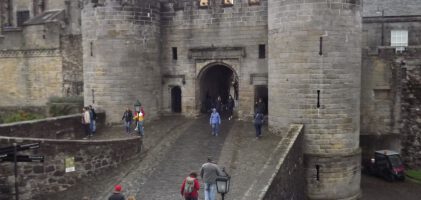A Palace for King’s and Queen’s
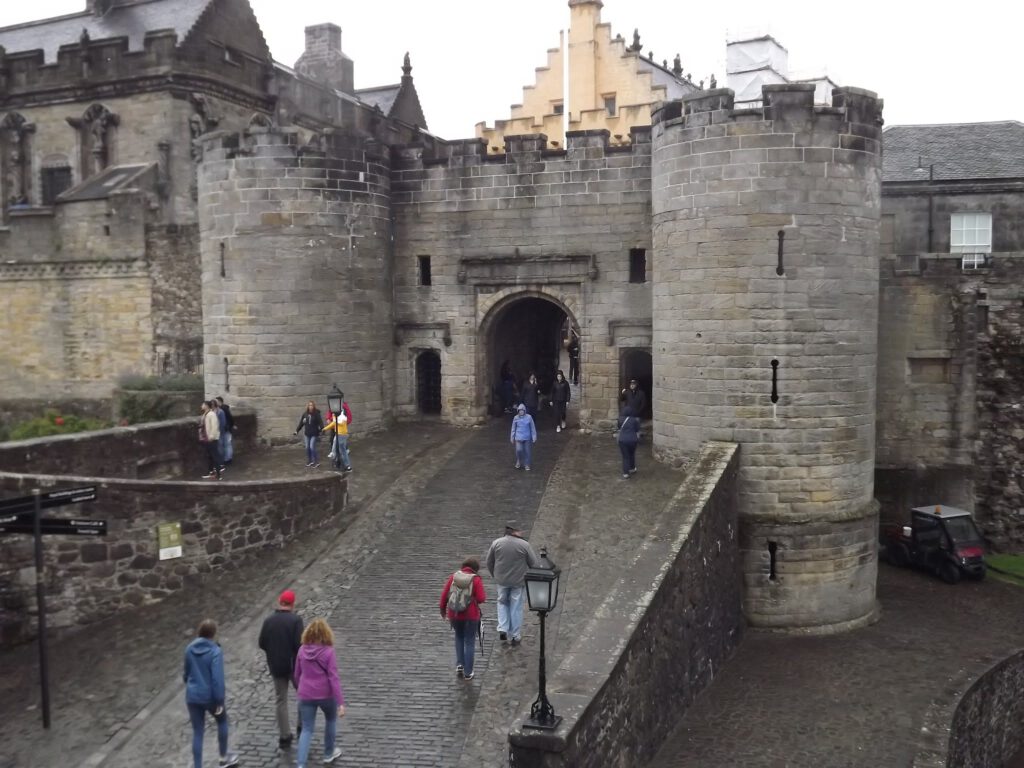
Stirling Caste, a place full of history, it has seen King’s and Queen’s over the time. English ownership but luckily for a lot of time Scottish ownership as well. By this, the history of Stirling Castle is a very bloody at parts.
In the time between 1107 till 1115 the castle was first mentioned in a written record when Alexander I endowed a chapel. From then on until the Unions of the Crowns in 1603, almost every Scottish monarch had either lived or been crowned or died at Stirling Castle.

In 1174 the Castle got handed to Henry II of England as a part of the ransom for William the Lion. After the Scottish garrison fled the castle in 1296, the gatekeeper handed it to Edward I of England.
After the defeat of the English army by William Wallace and Andrew Moray at the Battle of Stirling Bridge (1297), the Scots retook the Castle. Just seven years later in 1304 the Garrison at the Castle surrendered to the English after Edward I of England besieged the Scots using siege engines to force the surrender. Ten years later, after Robert Bruce’s victory at Bannockburn, the English surrendered the castle and once more it has been in the hands of Scotland.
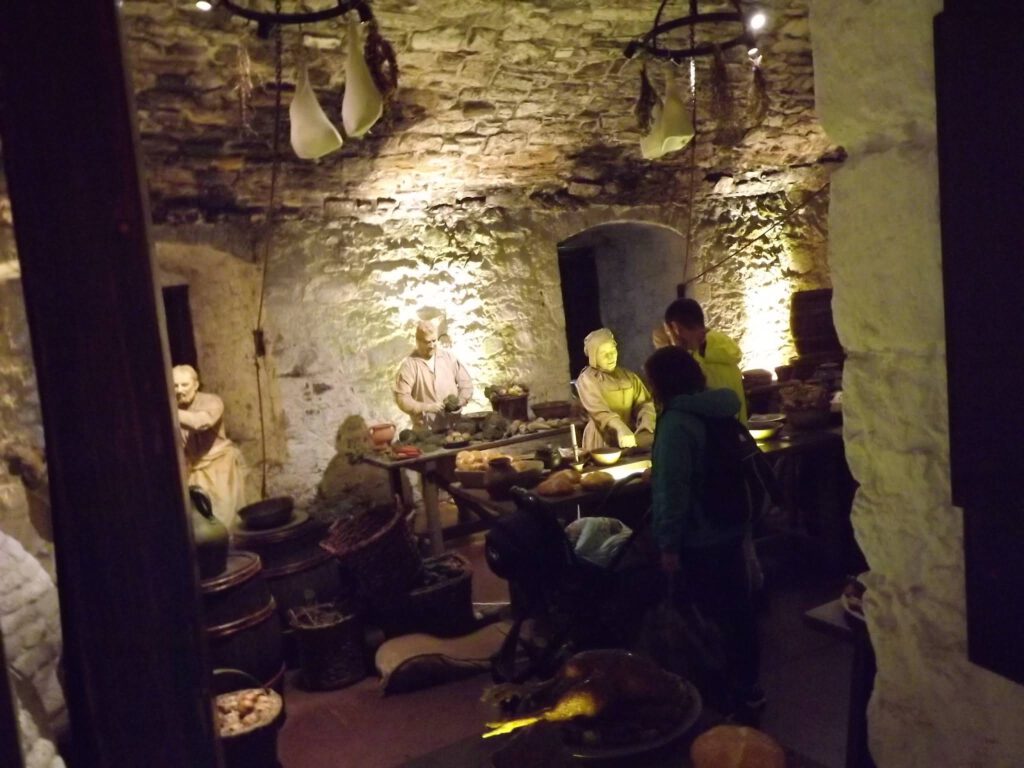
But times didn’t favour the Scots having their Castle to themselves so when another war broke out in 1336 the English took control over it once more, but Scots wouldn’t be Scots if they wouldn’t have taken it back. In 1342 Robert the Steward who later became Robert II, starved the English garrison until they surrendered.
All this happened before the oldest part of the now surviving castle, the North Gate, has been built in 1381.
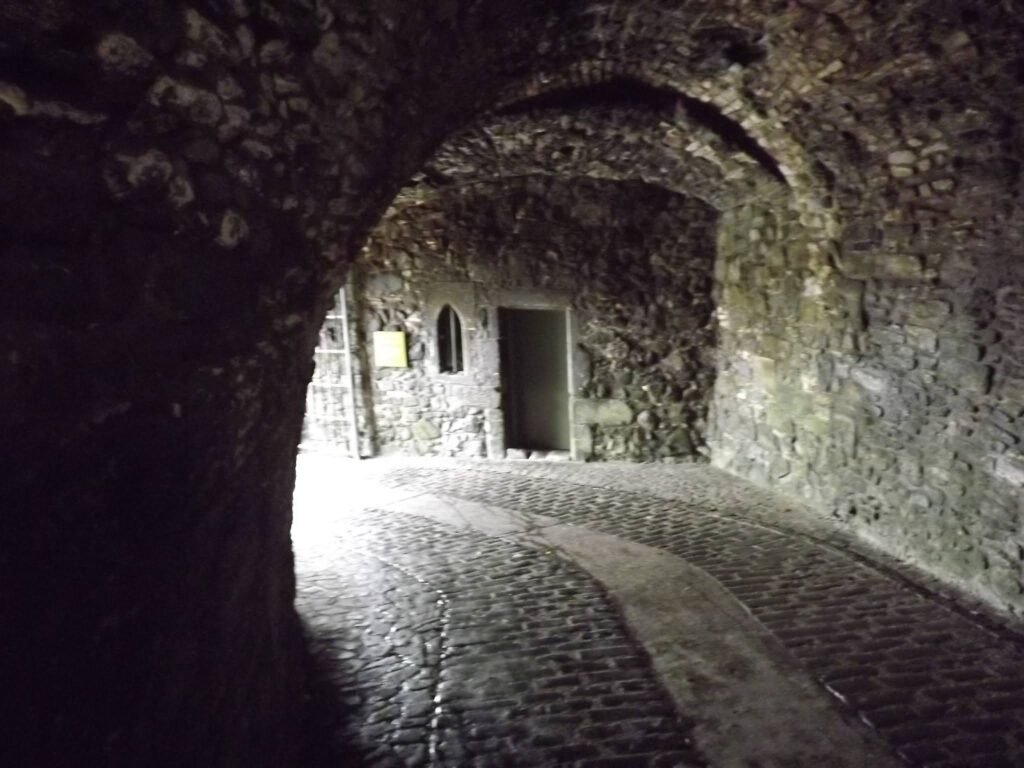
In 1449 King James II hosted a tournament which made the Scots look quite bad. Only two Burgundian knights triumphed over three Scots. Three years later the same king and his courtiers assassinated William, 8th Earl of Douglas, and threw him from a window.
James III’s queen Margaret of Denmark took her last breath at Stirling Castle, in 1496.
Beginning 1500s James IV ordered the forework to be build and in 1503 his Great Hall, the largest in Scotland, has been completed. Maybe one of the biggest fools of that time John Damian, attempted to fly from the Castles walls with feathered wings in 1507. He ended up with a few broken bones but his life in the dunghill below.
In 1513 after a long time finally another Scottish King was crowned in the chapel royal of that time. It was James V at the age of only 17 months.
27 years later, the King started building his magnificent royal palace. It took nine years to build the French Spur, designed to defend the castle’s vulnerable eastern flank.
After being crowned Mary Queen of Scots in the Chapel Royal in 1543, following the death of her father, Mary spent years in France before returning to Scotland. When finally staying at Stirling again, in 1561 a candle set fire to her bed, while she has been sleeping in it.
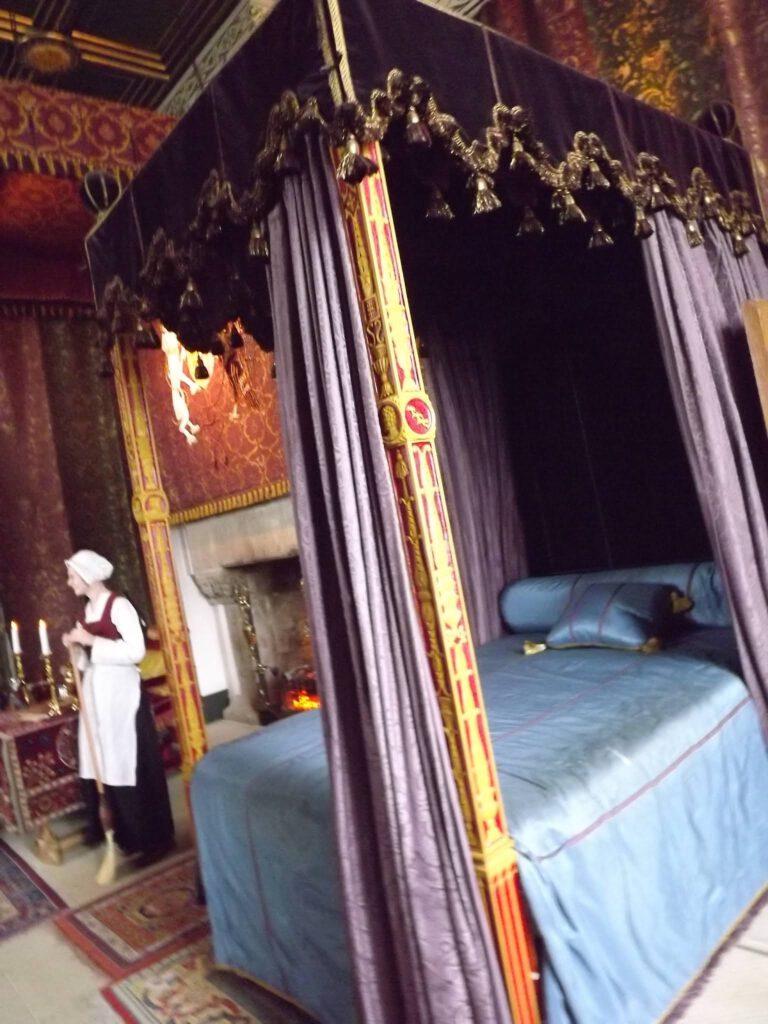
Years after that the Baptism of future King James VI took place in the Chapel Royal in 1566. In the period from 1570 till 1579 James VI kept on living in Stirling Castle and enjoyed his royal education there. In 1594, during his reign he build the Chapel Royal for the baptism of his son Henry.
23 years later over £ 13,000 were spent on works in anticipation of a visit by James VI, who at that point in time has already been crowned James I of England. In 1650 Charles II paid Stirling Castle a visit. Just one year after that the Parliamentarian army under Lieutenant General George Monck took the castle from royalists.
The Grand Battery at Stirling Cast was built during the first Jacobite rising in 1689. And from 1708 – 1714 the outer defences followed.
During the last Jacobite rising in 1746, the Bonnie Prince unsuccessfully laid siege to Stirling Castle. After that the castle got mostly abandoned.

In 1777 the Stirling Heads, carved wooden roundels dating from c 1530, got removed after a ceiling collapsed in the palace. One year later Robert Burns visited the castle and scratched his anti-Hanoverian “Stirling Lines” on the window at Wingate’s Inn afterwards.
The “Stirling Lines” by Robert Burns: Here Stewarts once in triumph reign’d, And laws for Scotland’s weal ordain’d; But now unroofd their Palace stands, Their sceptre’s fall’n to other hands; Fallen indeed, and to the earth, Whence grovelling reptiles take their birth. The injur’d Stewart line is gone. A race outlandish fill their throne; An idiot race, to honor lost; Who know them best despise them most.
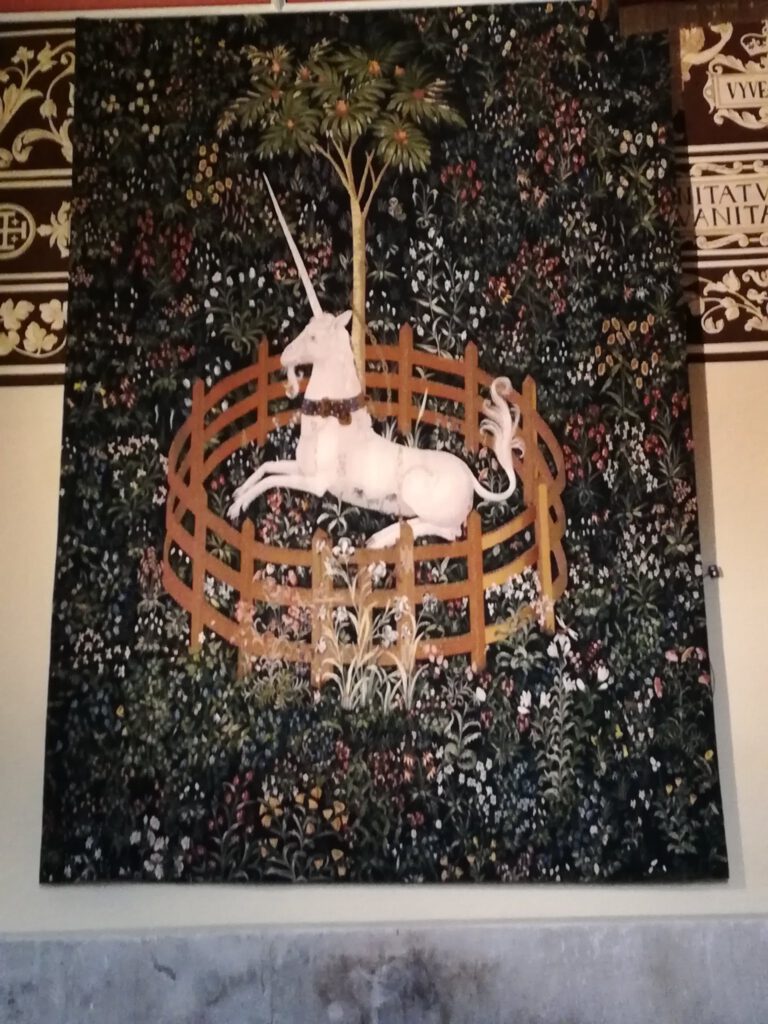
During Britain’s war against the revolutionary France 1790 – 1799 the Castle became army barracks. Just 50 years later Queen Victoria became the first reigning monarch to visit Stirling Castle in almost 200 years. The next royal visit would be her Majesty Queen Elizabeth II in 2007 for her 60th anniversary as Colonel-in-Chief of the Argyll and Sutherland Highlanders.
In the following years it served as a military depot of Argyll and Seaforth Highlanders and got ceased to be a military depot.
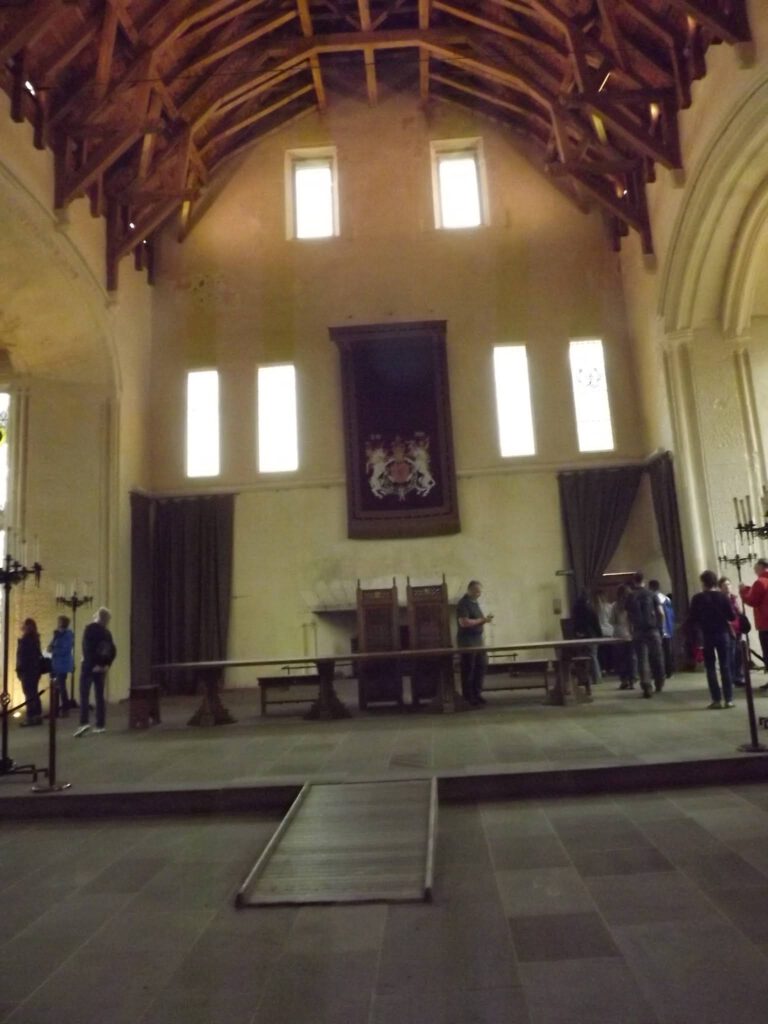
In 2000 the Hunt of the Unicorn tapestries started to be recreated for £ 2 million. The next years till the present were used for rebuilding different parts of the castle. 2007 the palace of James V was refurbished for almost £ 12 million and opened to the public in 2011. One year before finishing the palace, research revealed that skeletons which were discovered beneath a lost medieval chapel included a medieval knight and lady. In the same year the Stirling Heads replica were completed and used to recreate a lost palace ceiling. Finally in 2015 the last of Stirling tapestries was unveiled.

Take one of the guided tours through the Castle and make sure to plan in some time for exploring on your own as well.
For more of Stirlings History check out the enclosed blog article:
History of Stirling
